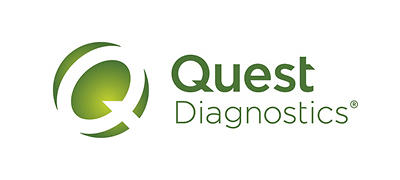Chlamydia/Neisseria gonorrhoeae
Test code 11363
- Annual screening is recommended for females ages 15-248
- Screening is recommended for women 25 and over at increased risk8a
- Panel components can be ordered separately:
- Test code 11361—Chlamydia trachomatis RNA, TMA, Urogenital
- Test code 11362—Neisseria gonorrhoeae RNA, TMA, Urogenital






